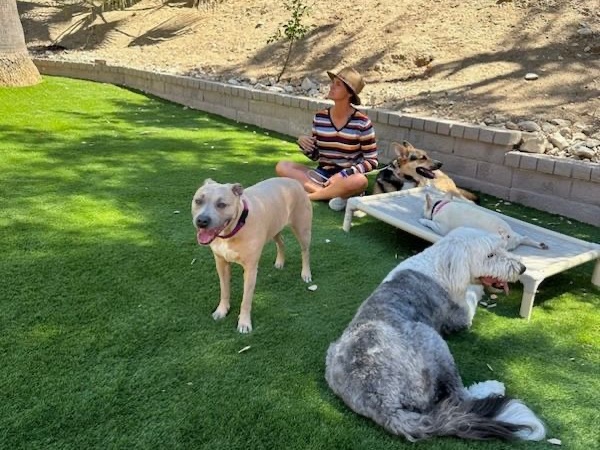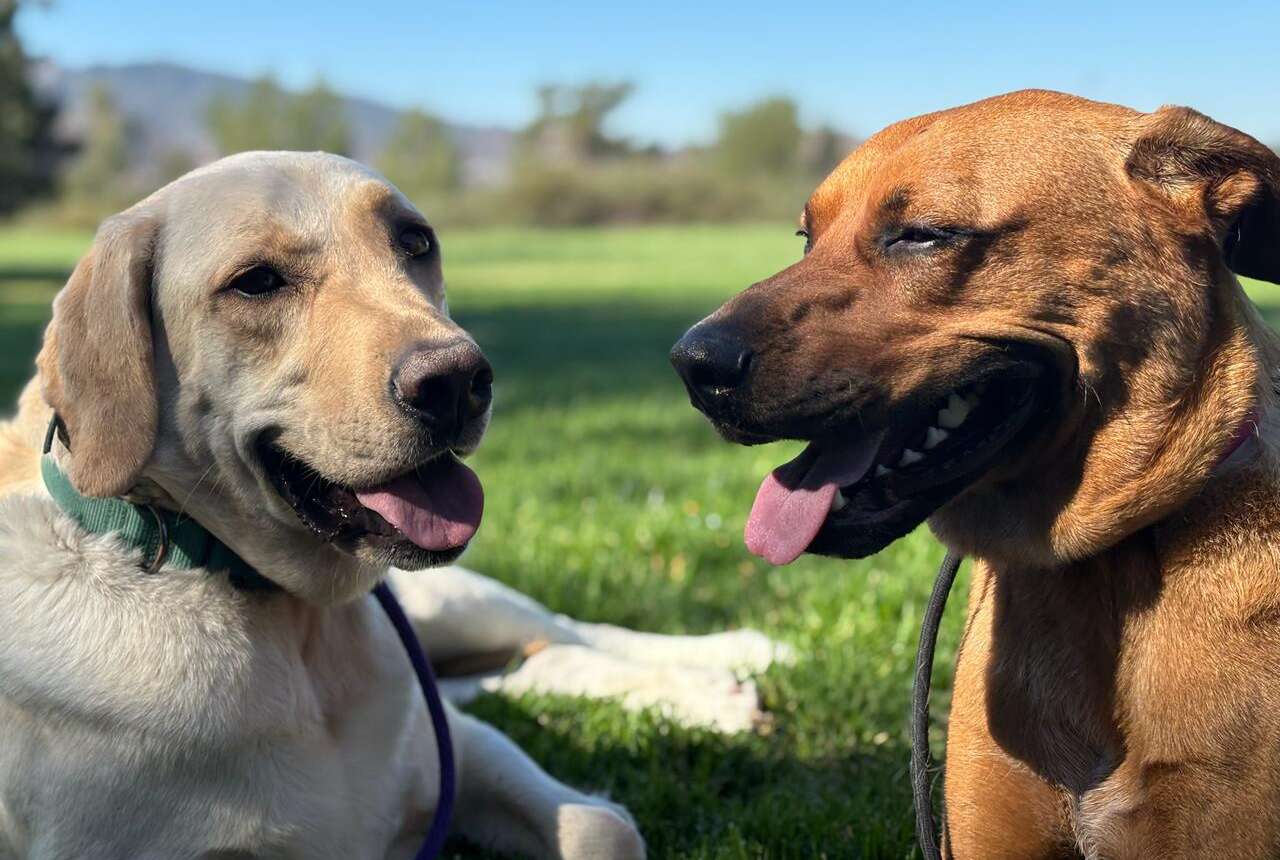Sometimes the easiest way to answer a question is by asking a question back.
-
- how long until a human is fully trained?
Or to put the same question a different way:
-
- how long do we give an athlete, a scientist, a musician to be fully trained?
We often forget that dogs are incredibly complex beings that have needs of their own. Independent from us. Completely separate and unique to them being dogs. If one is to answer that question and being precise then ‘fully trained in what?’ would be next follow up. A dog can be trained in many things, but each “item” has to be taught separately, or more to the point a dog has to be taught. It is curious to see how we are living in an age where teaching a dog has become burdensome. Humans often expect more from their dogs than they do from themselves, they envision Lassie or Rin Tin Tin failing to understand that those dogs as well as many “well behaved” ones have been through rigorous and continuous training. Dogs do not come out of a box ready to be used. That is something more and more dog “loving” folk would do well to understand. Teaching a dog, like teaching any mammal is a life long journey. It is never fully “completed” since no learning truly is. If the training is envisioned as one to perform a specific task, then be ready to put a lot of time and commitment into said task. Guide dogs are trained for a minimum of 24 months, so are protection and police dogs. With the caveat that these service dogs are picked at around 4 to 5 months of age and start training right away. It is a life long process that begins with picking a specific dog with a very specific temperament and the work is non stop for about two years. The dog then often gets sent back for refreshers until they are about 4 or 5 years of age. As I said training a dog is a life long process. Nevertheless if one sees teaching a dog as a marathon and not a sprint then we can discover that the joy of having a dog is actually navigating these “difficult” learning curves and coming out successful at then end. A better question to ask oneself then is how much commitment does it take to train a dog. The simple answer to that is: a lot.

Being a person that has dedicated her life to improving the communication gap between humans and canines I can not stress and describe accurately enough they joy that emerges from being successful at training a dog at something. Anything. We live in a human world that is, at times, very confusing for a dog. I meet dogs everyday that are at a loss about what their place in this world is. So much confusion in minds of beings that, at the end of the day, want nothing more than to be in harmony with their pack; their owners. When clients ask me to “train” their dogs my first question usually is “in what”? Most owners do not realize that their dogs need direction, not training. The human needs to know what they want from their dogs, which often they do not, and not focus on what they do not want their dog to do. That is not training, that is closing the communication gap. Initially between the human and their own expectations and then with their dogs. Training therefore is incidental to setting a sincere intention about the relationship and the expectations being set. Once one knows what they want to teach their dog, then training begins.
Any training consists of commitment and repetition, so once you have decided what you want to train your dog to do, be prepared to spend time and to be fully engaged in the process. We humans go to school for many, many years before being expected to master any of the subjects that are being taught. Think about it, how many times did we do 2+2 in school? It was a training that lasted for weeks, if not months. Teachers did not expect us kids to master any of the tasks being given to us in a matter of days. We went to school everyday for months. No one moves from 2+2 to square root in a matter of days, it usually takes years. So why are the expectations for dogs so totally opposite then the ones set for us? Keeping in mind that teachers usually teach kids in a language that is familiar to them, then one can begin to grasp how unfair our expectations with our dogs are. Training should be measured in months, not weeks.
The absolute genius of dogs is that they are able to grasp concepts way quicker than we humans are. They can master a specific task in weeks. But they need a committed teacher. They need someone that can see them for who and what they are. That can understand when they are overwhelmed and need a break. That can work at their pace and most importantly, speak their language. Hence why, the quickest way to train a dog is to find a qualified and competent trainer. One that sees your dog for who and what they are. Someone that has spent years working and being successful at reaching their pupil where they are, not where their human would like them to be. That is the quickest way to train a dog. Be prepared to spend at least three weeks immersed with the trainer learning the language of dogs. Then be ready to put in the work for a minimum of three months after your dog comes home from board and train, being consistent on what you want your dog to learn. Any training done in this way has a) a larger chance of success and b) a foundation of clear communication between your wants and the dog’s needs. A life with a dog is a an everyday exchange of teaching and learning. One never fully a train a dog until one knows what fully trained means to them.
Happy training!



